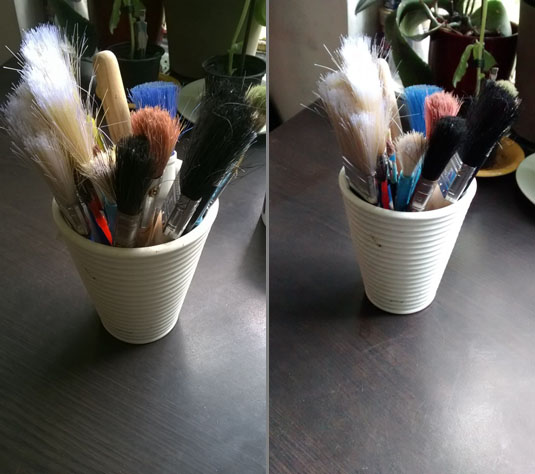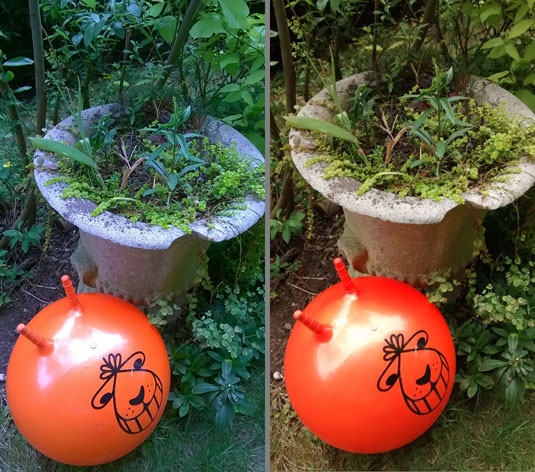Original URL: https://www.theregister.com/2014/05/23/review_nokia_lumia_630/
Hello Moto... It's the Nokia Lumia 630
El Reg cops a feel of boxy 520 follow-up. But like the Moto E, it also has a flaw
Posted in Personal Tech, 23rd May 2014 11:00 GMT
Review Nokia’s cheap-as-chips Windows Phone the Lumia 520 finally gave it a hit after years of decline, and the new 630 is itching to take the baton.
The timing and the price of the Lumia 520 were spot on. BlackBerry had failed to update its BB7 phones for almost two years, and had nothing new to offer the budget segment of the market – its users were deserting en masse. The Lumia 520, launched in April 2013, started at £99 SIM-free, with deals knocking off up to £20, and prices fell.
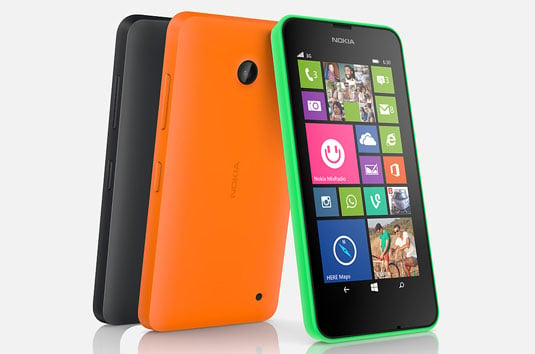
Nokia Lumia 630 Windows Phone
For that money you got a modern, zippy performer with a lot of charm. The low price took the risk out of Windows Phone, and people were pleasantly surprised by it.
But a year ago you couldn’t buy a decent Android for that money under £100, while now you can – there’s now much stiffer competition in the £90 range. The Lumia 630 is launching head-to-head with the Motorola Moto E, and for a tenner more you can get a Moto G on PAYG, which at only six months old, is a thoroughly capable ‘droid.
It also has an identical 4G sibling, the Lumia 635, and comes in a dual-SIM variant.
How does it stack up? The TL;DR is: both the Moto E and the Lumia 630 are excellent value, but each has a fatal flaw. With the E it’s the camera. With the 630, it’s the absence of automatic brightness control – a quite staggering omission that I’ll come to in a bit.
Nokia didn’t change the winning formula too much for the 520’s successor, although it has opted not to copy the "pillow design". The 630 actually bears a far stronger resemblance to Nokia’s feature phones, the Asha family, and the X range (the latter two are not really pitched at Western markets).
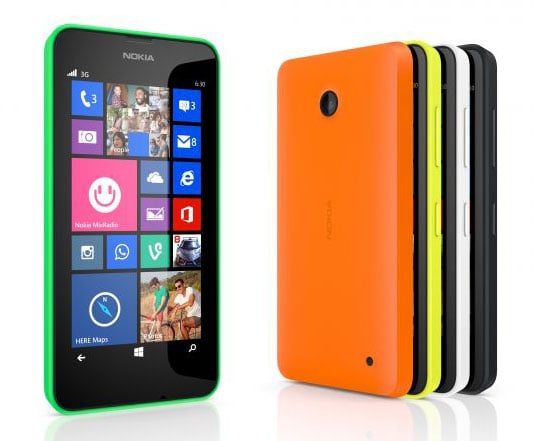
Not so flash...
Like the 520, the 630 doesn't have an LED flash, a front-facing camera, nor various fancy sensors. But it does have a polycarbonate chassis, changeable cases, and a removable battery – significantly larger this time, with 28 per cent more capacity over the 520 – which is held into place by foam pads.
It has the same size four-inch touchscreen but with a slightly larger resolution of 854 by 480 pixels, rather than the 800 by 480 resolution of its predecessor. However, that increase comes at a cost of a slightly lower pixel density, as the 520's discrete navigation button bar has been sucked into the main display.
'Smoked' by, um, committee
The biggest difference between the 520 and 630 is in the software: it’s the first phone to be released that runs Windows Phone 8.1, a huge overhaul to the platform. This loses a lot of Windows Phone’s charm, but makes it more acceptable to a mass market.
Microsoft can no longer run the "Smoked By Windows Phone" challenge of just two years ago, which challenged users to perform every day consumer tasks quicker than the competition. The Live Tiles have been deprecated and the Hubs de-hubbed. Instead, there’s an Android or iOS-style pull-down notifications panel.
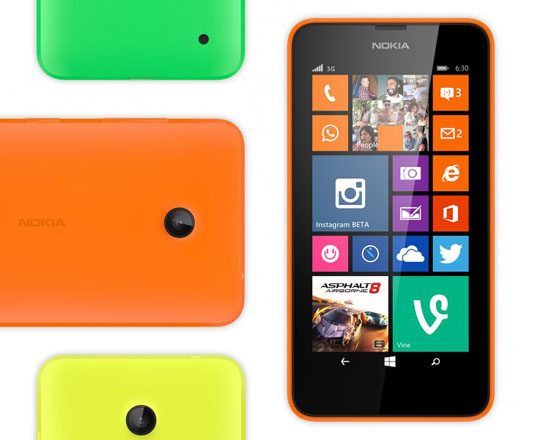
Don't worry, you can get it in black and white
It's a first-generation notifications pull-down, though: while convenient and useful, you can't reply or delete an email from within it; an extra manual action is required to do that. The much vaunted "glance-ability" we heard about at Windows Phone 7’s launch has also been forgotten.
And the striking typography has also been toned down. Microsoft has separated out the media volume and call volume controls by popular demand, but switching the phone to silent mode is far more cumbersome than on rival phones. Toggling silent mode isn’t an option from the power button (as it used to be with Nokia handsets) or one of the new short cut options.

No dedicated camera button and some regular tasks remain cumbersome on WinPho 8.1
Design by committee? Depends on the committee. This one seems a bit hesitant, and dare I say it, not really a fan of Windows Phone.
This platform release doesn't feel quite finished. The impressive (but niche) voice assistant Cortana won't arrive in the UK until the end of the year. The Music app is still a work in progress... and it's hard to believe that the Spotlight-style on-device search was released in this state.
For instance, suppose you want to look up a contact, or a keyword in an email, or a song from the main Bing navigation button. The phone performs an internet search and only then, when that's complete, allows you to perform the on-device search. It can take between 20 and 30 seconds to do the on-device search. Few will bother.
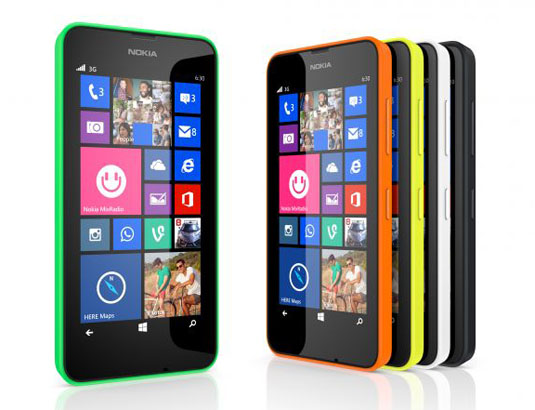
No Cortana voice control for UK users until late this year
On the plus side, dozens of overdue features have been incorporated or improved, such as better backups, a Swype-style keyboard (you don’t have to activate this – just start smearing your thumb around), a better calendar and a kind of "auto remember" for Wi-Fi hotspots. You can now run apps from the memory card, a Class 10 microHD or faster is recommended, if you want to do this. And cards up to 128GB are supported.
And the Lumia includes excellent offline Maps – although you have to download the country maps yourself, which negates the “out of the box” advantage, but then again, a Lumia fully loaded with offline maps would need more than the 8GB of internal storage provided.
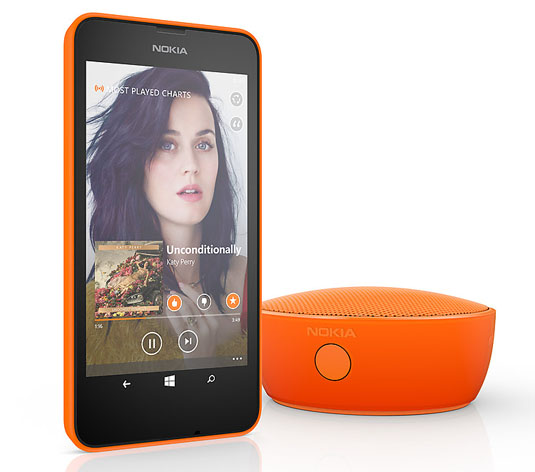
Need a boost for Nokia Music? There's always the colour-matching Nokia MD-12 Bluetooth speaker
This Lumia does the fundamentals really well. Performance from the quad-core 1.2GHz Snapdragon S400 processor was not surprisingly, excellent even with just 512MB of RAM at its disposal. Calls boomed out on both earpiece and speakerphone. It was a battery life champ, lasting well into a second day on a decent charge, from modest use.
Snap happy
The 5Mp camera sees little improvement over last year’s model – and I suspect it is. This means pictures are noisier, over-saturated and a little over-sharpened to compensate. But it turns in a handsome effort beating the imagery returned by the Motos G and E, even though the G sports an LED flash. That said, the flash is so spludgy, you don’t really want to use it.
Unlike the Moto E, the Nokia Lumia 630 camera does have the benefit of autofocus and higher resolution video capture – 720p at 30fps. If you're in the habit of using it, you'll soon need that microSD expansion card.
You can compare two of the test shots with the G's equivalents, below.
There's no dedicated camera button here, a first for Windows Phone. More of a problem is that my unit ships with Nokia's sophisticated Camera app as default, rather than Microsoft's Camera app. The Nokia camera takes 4-5 seconds to load – too long for a quick snap.
So what’s the flaw?
Well, quite amazingly, Nokia omitted an automatic display brightness control, requiring you to fiddle with the display manually. For example, I soon found myself alternating between a conference auditorium – where the Low setting is adequate – and outdoors on an overcast May day – where Low and Medium mean the screen is unreadable. It’s like jumping into a new car and finding you have to crank a handle to start it.
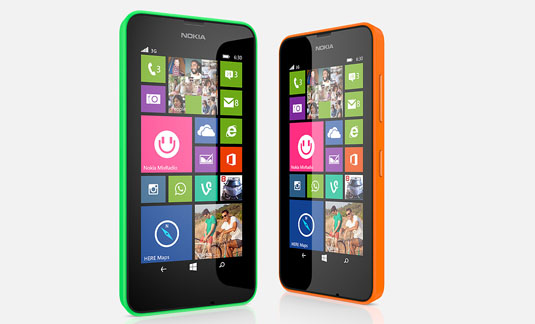
No auto-screen dimming – not such a bright idea
And it’s all the more puzzling because Nokia’s Lumias have had absolutely superb display brightness control – requiring less manual intervention than iOS or Android. Whoever made that decision should really be shown the door, preferably from a few floors up. The fix is to set the brightness to High all the time.
The Reg Verdict
Despite the display howler, the Nokia Lumia 630 is a solid, very keenly priced successor to a deservedly popular value smartphone. It’s more robust than before and the app "ecosystem" is now stronger than year ago, with Instagram available (in name, anyway, as the third-party clients are superior) and BBM imminent.
The newer version of Windows Phone makes it a more functional option, tying in nicely if you have Windows 8 or 8.1 on your PC. There’s less futzing around on a Lumia than with an Android, but obviously less customisation or choice – you can replace everything, including the dialer and SMS app, on an Android. You can replace everything but the all-seeing-eye of Sauron Google.
So Windows Phone is no longer as distinctive as it was, but if forgoing a wider app choice doesn’t bother you, and a robust basic modern smartphone is all you need, Lumia ticks the box. ®
